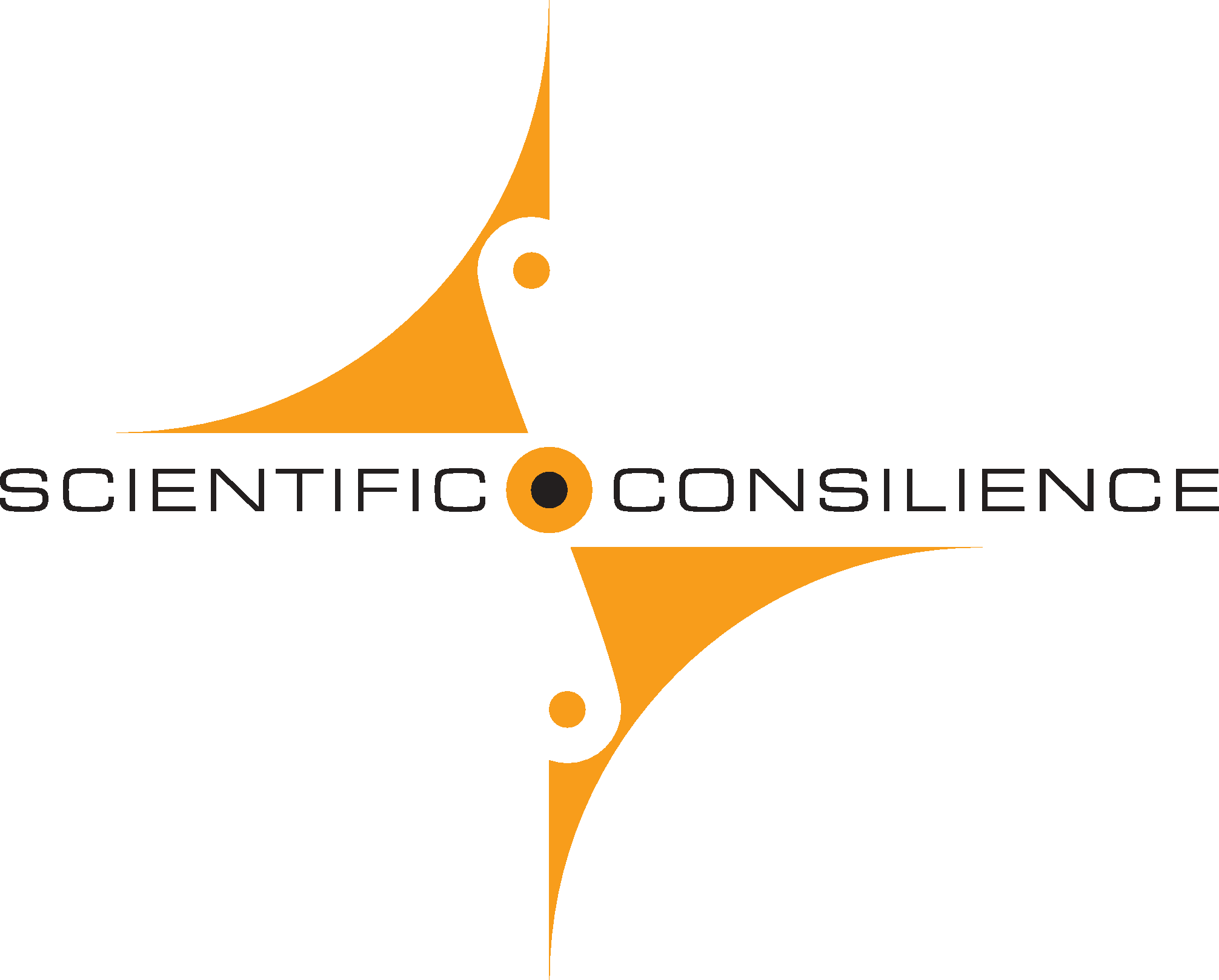 The skin barrier
The skin barrier
Considering surface area and weight the skin is one of our largest organs. It acts as a protective barrier and prevents microorganisms and toxic substances. from entering the body. Especially the outermost skin layer, the epidermis, is ideally suited to fulfill this purpose.
However, although this almost perfect structure allows us to live in an environment with harmful exposures and influences, it is also the main barrier to be overcome in transdermal delivery of active pharmaceutical substances. The slogan DDD (Drug, Device, Diagnostics) is inextricably linked with modern pharmaceutical industries. It reflects the fact that not only developing further drugs is the key for medical treatment of ill people but also the transport path for the substances must be considered. If borders like the human skin cannot be passed otherwise - not even with enhancers - medicines must be administered with the aid of (artificial) devices.
Out of virtuality into reality
Laboratory experiments for testing the passage of molecules or combinations thereof through human skin are very expensive. Furthermore, animal experiments are prohibited for cosmetics in the EU since 2013. Scientific Consilience supports pharmaceutical and cosmetics industries by its major service of modelling and predicting transdermal absorption. The principle out of virtuality into reality does not only reduce costs. Virtually revealed molecular or delivery system modifications are the key for new formulations.
Scientific Consilience
Using specialized computational models, Scientific Consilience predicts typical properties of putative drug compounds such as permeability coefficient and lag-time. In addition our approaches allow for estimating concentration-depth profiles in the skin and pharmocokinetics. Based on the results of the calculations we suggest molecular or delivery system modifications to optimize the transdermal absorption.
Please feel free to contact us for further information under:
DSkin (at) scientific-consilience.com
